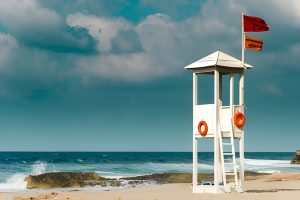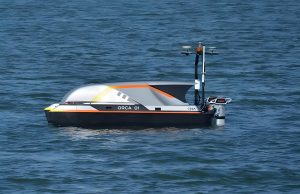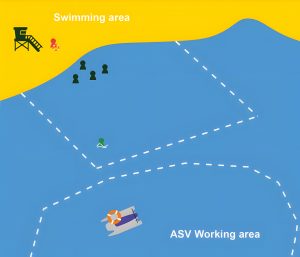How can ASTRIIS help improve search and rescue of castaway people at sea?
In a typical search and rescue mission a distress call is made, and a lifeboat is sent to meet the people in distress. The Portuguese Institute for Lifesaving (ISN) has 31 lifeguard stations along the country’s coastline and rescue equipment in about 80 fire brigades. According to this source, in 2020, 985 resources were activated at sea and 613 lives were saved. The question therefore is how to improve the response capacity.

© Camille Brodard | unsplash.com
The development of an ASTRIIS search and rescue system has been going on since the beginning of the project. CEiiA and the +ATLANTIC CoLAB joined forces to conduct exhaustive research on buoys and rescue techniques in use, and came to the conclusion that it would be more efficient to develop a system of their own. As a fruit of this collaboration within ASTRIIS and with this goal in mind, a demonstration scenario of the technology and its requirements was defined.
The CEiiA’s autonomous surface vehicle (ASV) type ORCA was chosen as the basis for this activity. The ORCA can reach speeds of 9 km/h and 24h autonomy and operates in coastal regions. It is designed to adapt to the needs of each application, including for now a multibeam sonar, GPS, AIS identification, navigation lights, a 360º camera and a Wi-Fi antenna to be remotely controlled. To meet the ASTRIIS requirements, it will have to accommodate a self-propelled buoy and drop it in a specific location.

© CEiiA
In practical terms, a part of the search and rescue mission will have to be ensured by the ASTRIIS platform, which receives the call for help, calculates the estimated operation and rescue times and returns a result (“GO” or “NO GO”) depending on whether there is a reduction of the rescue time compared to the usual procedure. If the decision is to go ahead, the rescue buoy is launched and will reach the castaway at sea shortly after the call for help has been launched on the platform. By being remotely controlled and monitoring its battery levels, we will be able to conclude in real time if this part of the mission was a success or not.

©+ATLANTIC
As for the ASV and buoy control, CEiiA is developing a remote control software (ground station). This system will represent an important component for the ASTRIIS project, since it will use prediction models, being able to estimate the displacement of the castaway according to the currents and consequently its position, and calculate the waypoints of the buoy.
The demonstration of the system is planned to take place in Matosinhos in June 2023. Stay tuned to the ASTRIIS website and LinkedIn for further developments on this and other ongoing project activities.


